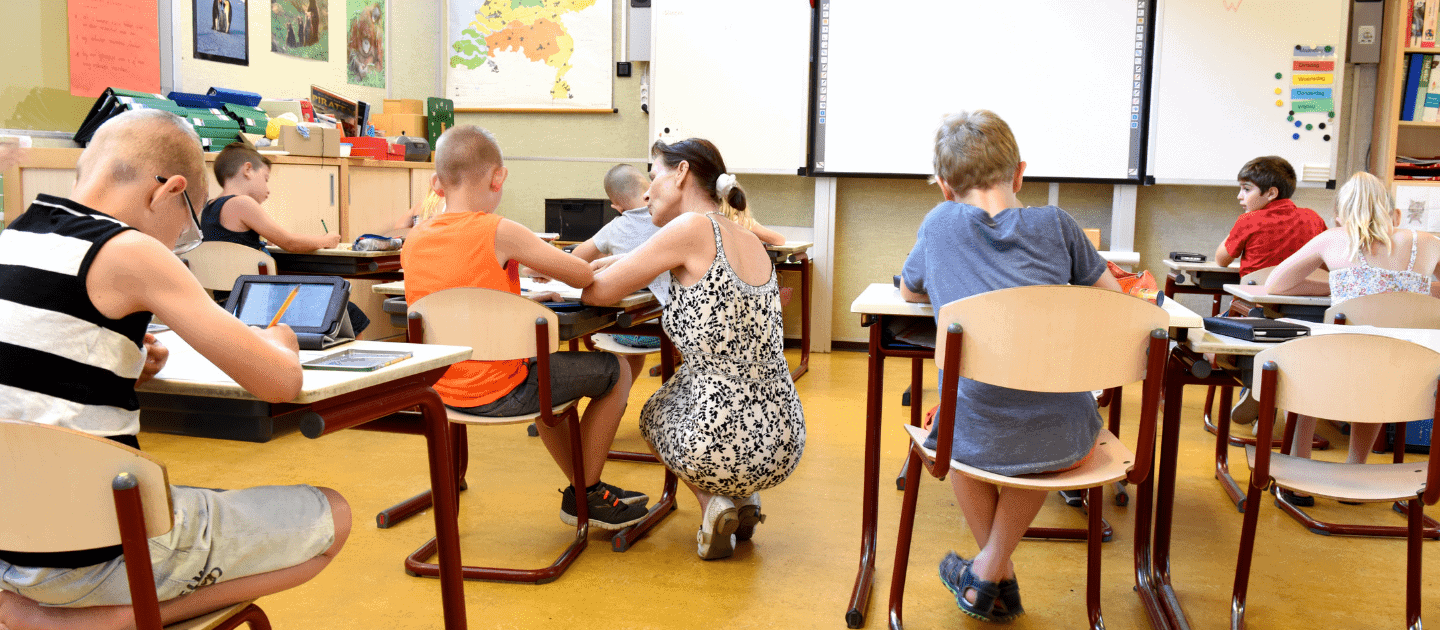
Self and Peer-Correction Techniques in Teaching
Memory aids are being used as accommodations more often than before, and the question of whether they are actually necessary or if they are depriving students of learning effective study and retrieval strategies—leading to an extended dependence on unnecessary accommodations—is arising.
14 Apr 2024

